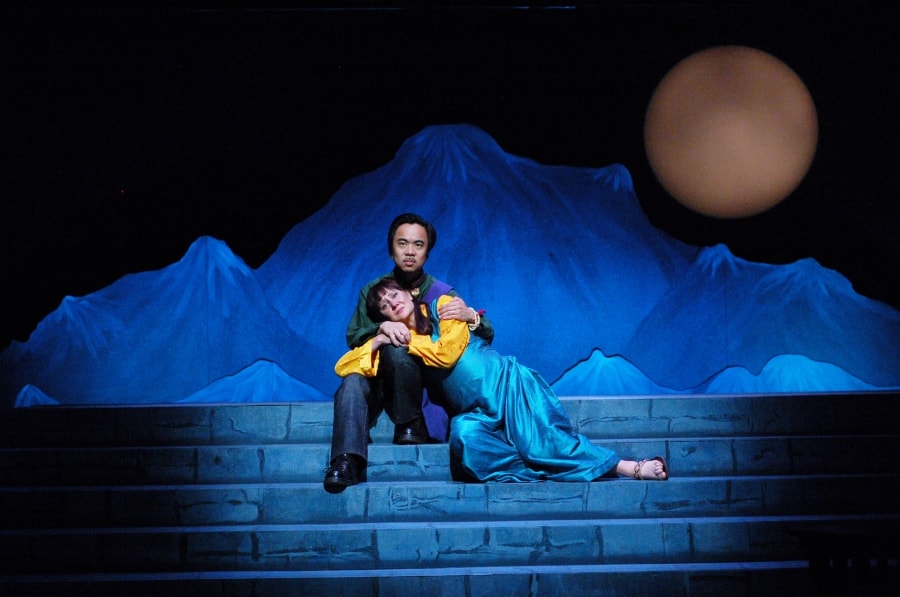KANSAS CITY, MO.: Roughly 2 million people dwell in this Midwestern city, known for its barbecue restaurants and jazz clubs, and for being the birthplace of Hallmark greeting cards. A bustling theatre scene has emerged in the last few decades to serve up arts and culture, and Unicorn Theatre adds new plays into the mix, bringing contemporary works to the heartland—sometimes for the first time.
The theatre boasts a thrust stage, an intimate performance venue, and rehearsal rooms, all within a renovated garage. We caught up with artistic director Cynthia Levin via email to learn about her journey from being the bewildered stage manager to taking the helm, and how she curates the theatre’s eclectic seasons.
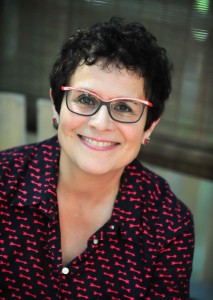
Who founded the Unicorn Theatre, when, and why?
Unicorn Theatre was founded in 1974 by three University of Missouri–Kansas City graduates: Jim Cairns, Rohn Dennis, and Liz Gordon. At that time, the only other theatres were Missouri Repertory Theatre (now Kansas City Rep) and the dinner theatre Tiffany’s Attic. There were few opportunities for local artists to stay in Kansas City and actually work in theatre. So the Unicorn, originally called Theatre Workshop, was created to give local artists a chance to work and grow. The programming at the Theatre Workshop ranged from children’s stories to original works to Shakespeare. As the KC theatre scene grew, I narrowed the focus. The theatre started in an old, drafty warehouse, and moved a couple of times; 29 years ago, we found our home in an old, converted garage, which we have renovated and expanded several times.
Tell us about yourself and your connection to the Unicorn.
I came to Kansas City from Washington, D.C., and graduated from Park University in 1977. I was working at the Rep when I was told about an opening at Unicorn. I had seen several shows there and loved the idea of working on contemporary plays and premieres. In 1979, they were looking for a stage manager, and I went in for an interview. I had never actually worked as a stage manager, but I was an actor and thought I had enough of an idea of what a stage manager did! When we got to the first tech rehearsal, I realized I had never been in the booth calling cues. I then decided to learn everything there was about everyone else’s job. And it paid off. For the next five years, I directed, stage managed, performed, or designed every show. In January 1982, the artistic director walked out rather abruptly. I was offered the job and made Kansas City my permanent home.
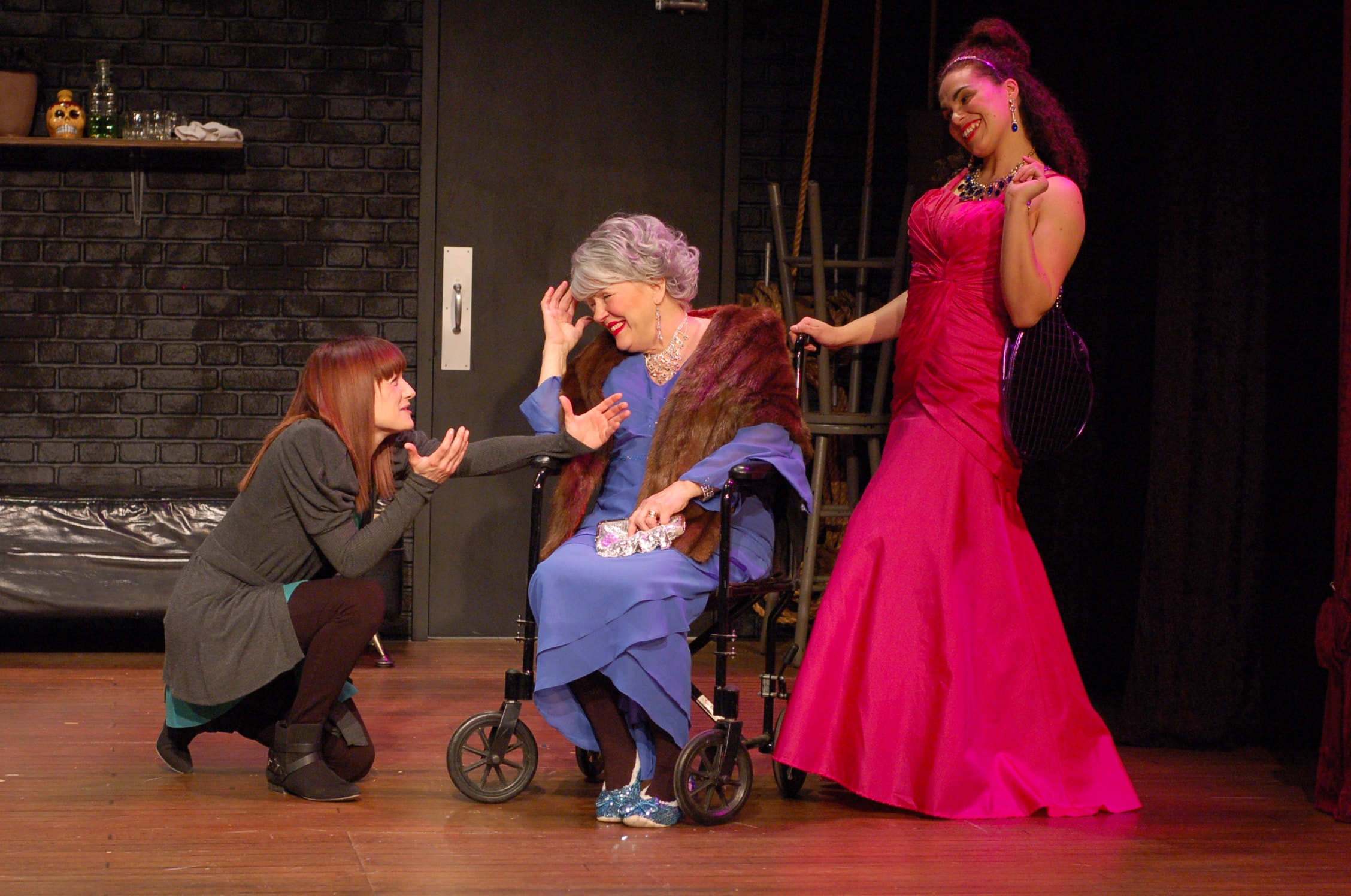
What sets your theatre apart from others in your region?
I choose shows that have never been performed in Kansas City, or often anywhere in our Midwest region. I want to produce plays that no one else in our area has had the opportunity to see. We only do new plays, most of which are less than five years old. We have produced more than 300 productions, with 20 percent of those being world premieres. I love having access to playwrights and working on scripts that work well on one of our two intimate stages. All of our office, rehearsal, and performance spaces are under one roof. Last year, we raised the money to purchase and completely refurbish our building and have no annual debt.
Who is your audience?
Our audience is a real mix of our community. I love it when I look out in the lobby and feel that I would never see such a diverse group anywhere else. I look for plays by and about women, people of color, LGBT, and any marginalized group, and our audience reflects this. Our shows are mostly for adults—college age and above. For the most part, they are very progressive and open to learning something about a different race or culture. We are in the heart of the midtown area in the midst of bars, restaurants, other arts venues, and the university, so we attract a lot of young people. We are completely accessible—both backstage and front of house—and have listening-assisted systems and signed performances available. And all of our weekday performances are “pay what you can,” so anyone with interest can attend. This really brings in more than the typical white, middle-aged suburban crowd.
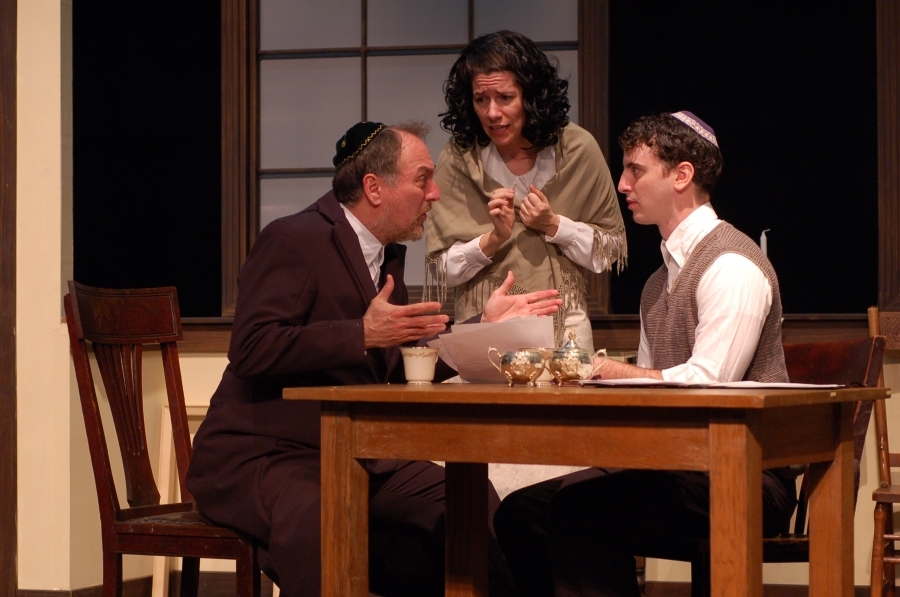
Tell us about your favorite theatre institution other than your own, and why you admire it.
I grew up with the Arena Stage in D.C. My parents were the first season ticket holders there, and I was brought in at an early age. I also did an internship there, and Zelda Fichandler became my role model. Her commitment to new plays and preserving a local acting company made a huge impression on me. Now, being a member of the National New Play Network brings me together with theatres like Woolly Mammoth Theatre Company, Mixed Blood Theatre, Kitchen Dog Theater, Marin Theatre Company, InterAct Theatre Company, Borderlands Theater, and others all across the country who share my belief in the development and production of challenging new work. So they are my new favorites!
How do you pick the plays you put on your stage?
I search for plays year round and only stop to choose the week before the deadline for our season brochure. I look for stories that interest and excite me, plays with strong female characters and people of color. I feel, as theatre artists, we should take responsibility for illuminating significant issues and initiating change. My hope is that every time you come to the Unicorn, you discover something about yourself you did not know before you walked in.
What’s your annual budget, and how many artists do you employ each season?Our budget is just over a million dollars. We have 6 full-time employees, 3 part-time, and we hire around 125 seasonal artists, designers, and technicians.
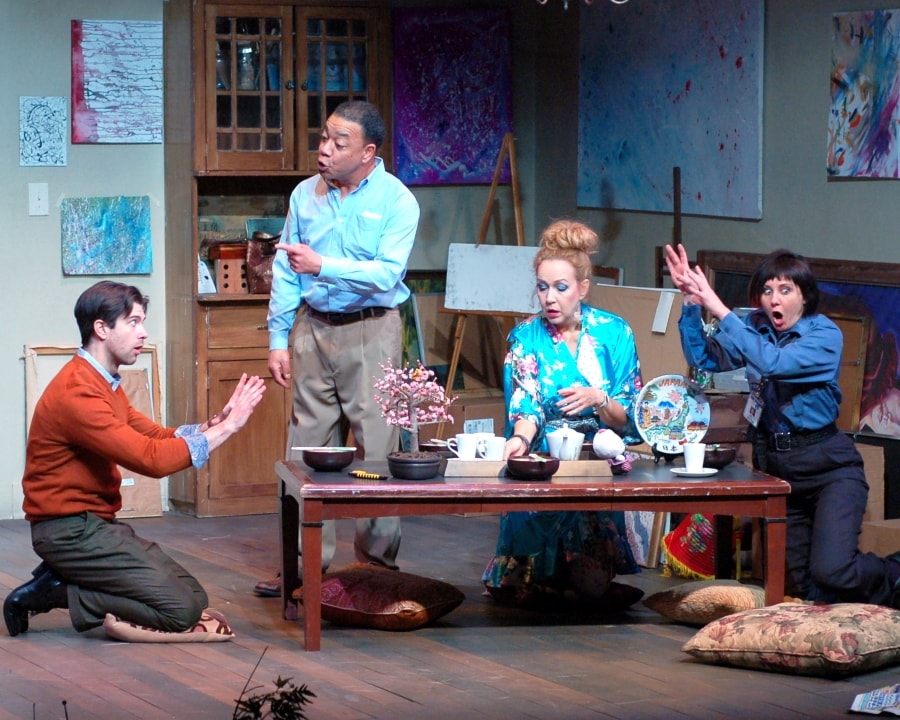
What show are you working on now? Anything else in your season that you’re especially looking forward to?
I love all of them for so many different reasons! We are currently in previews for our world premiere of How to Steal a Picasso alongside our playwright, Bill Downs. Although I am not directing this one, I am always here for rehearsals and previews of shows through opening. After this, we start on The Whale, and then another world premiere, The Ghosts Of Lote Bravo (a National New Play Network rolling world premiere), which I cannot wait for us to dig into. It’s about the exploitation and disappearance of young women in Juarez, Mexico. And, I have just finished casting our final show of the season, Heathers: The Musical, which I am directing, and it is going to be crazy good!
Strangest or funniest thing you’ve ever seen (or put) on your stage?
On opening night of The Mountaintop, the projector stopped working after the first projection cue. Knowing that the entire finale of the show depended on the video, the designer sneaked out of the row we were sitting in, climbed out the booth window, and crawled along the lighting truss (in his flip flops) to the projector. He was about six feet over our heads as he peeled off the black wrap surrounding the projector, which had caused it to heat up and shut down. Absolutely no one noticed him. He fixed it and all went well—but for those 10 minutes (or was it 30?!?) that he was hanging above our heads, the world stopped.
What are you doing when you’re not doing theatre?
I am usually in my theatre or someone else’s! I have been involved in a rehearsal or performance every week of every year for the last 37 years. That’s overwhelming (and fortunate) if I stop to think about it. On the occasion I am not in a theatre, I am taking walks with my dog, growing something in my garden, or working on my house. And I read a lot.
What does theatre—not just your theatre, but the American or world theatre—look like in, say, 20 years?
What has kept me going (at full speed) these past four decades is the constant change that naturally occurs every 7 to 10 years. There is never a day that is the same as the next, much less year to year. The specific topics that writers choose continue to change with our social and political climate. Whether it is the AIDS epidemic, the catastrophe of 9/11, or the ongoing controversies about abortion, the death penalty, terrorism, immigration, poverty, or transgender identification—the topics that are important to explore and talk about will dictate what kind of shows get produced. We can’t possibly foresee the degree of change in theatrical style or diversity of race, religion, and language that the future holds. That’s part of what makes this business so exciting and unpredictable. And if anyone had told me 20 years ago that we would have lighting instruments that changed color at will and moved to follow an actor across the stage with video projections that took the place of scenery, I would have thought it was science fiction. So, I look forward to it all!

